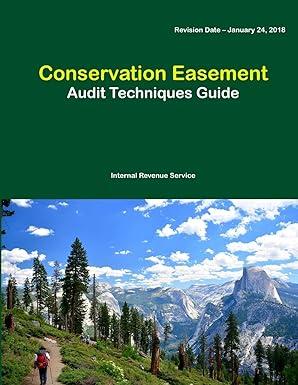Question
[The following information applies to the questions displayed below.] York Company engaged in the following transactions for the year 2016. The beginning cash balance was
| [The following information applies to the questions displayed below.] |
| York Company engaged in the following transactions for the year 2016. The beginning cash balance was $28,400 and the ending cash balance was $69,102. |
| 1. | Sales on account were $282,900. The beginning receivables balance was $94,200 and the ending cash balance was $76,700. |
| 2. | Salaries expense for the period was $55,540. The beginning salaries payable balance was $3,798 and the ending balance was $2,170. |
| 3. | Other operating expenses for the period were $122,750. The beginning other operating expenses payable balance was $4,130 and the ending balance was $7,802. |
| 4. | Recorded $19,300 of depreciation expense. The beginning and ending balances in the Accumulated Depreciation account were $13,950 and $33,250, respectively. |
| 5. | The Equipment account had beginning and ending balances of $213,940 and $248,140 respectively. There were no sales of equipment during the period. |
| 6. | The beginning and ending balances in the Notes Payable account were $52,400 and $154,900, respectively. There were no payoffs of notes during the period. |
| 7. | There was $5,779 of interest expense reported on the income statement. The beginning and ending balances in the Interest Payable account were $1,505 and $1,003, respectively. |
| 8. | The beginning and ending Merchandise Inventory account balances were $89,890 and $107,868, respectively. The company sold merchandise with a cost of $153,141 (cost of goods sold for the period was $153,141). The beginning and ending balances in the Accounts Payable account were $9,390 and $11,362, respectively. |
| 9. | The beginning and ending balances in the Notes Receivable account were $5,100 and $10,200, respectively. Notes receivable result from long-term loans made to employees. There were no collections from employees during the period. |
| 10. | The beginning and ending balances in the Common Stock account were $100,000 and $122,000, respectively. The increase was caused by the issue of common stock for cash. |
| 11. | Land had beginning and ending balances of $53,200 and $40,566, respectively. Land that cost $12,634 was sold for $9,320, resulting in a loss of $3,314. |
| 12. | The tax expense for the period was $7,660. The Taxes Payable account had a $1,060 beginning balance and an $976 ending balance. |
| 13. | The Investments account had beginning and ending balances of $21,700 and $27,000, respectively. The company purchased investments for $18,800 cash during the period, and investments that cost $13,500 were sold for $24,000, resulting in a $10,500 gain. |
4.
value: 10.00 points
Required information
| Required | |||||
| a. | Determine the amount of cash flow for each item and indicate whether the item should appear in the operating, investing, or financing activities section of a statement of cash flows. Assume York Company uses the direct method for showing net cash flow from operating activities. (Any cash outflow should be indicated by a minus sign. If there is no action select "No effect".)
| ||||
Step by Step Solution
There are 3 Steps involved in it
Step: 1

Get Instant Access to Expert-Tailored Solutions
See step-by-step solutions with expert insights and AI powered tools for academic success
Step: 2

Step: 3

Ace Your Homework with AI
Get the answers you need in no time with our AI-driven, step-by-step assistance
Get Started


